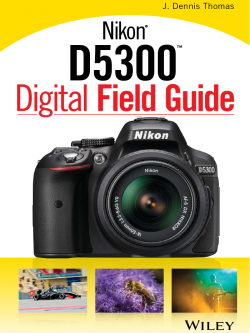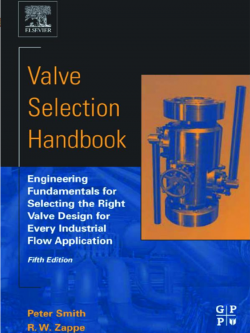This book has grown out of a set of course notes, which accompany a series of short courses given at Southampton University. These courses started in 1974 with a two week ‘space technology’ course, and they are aimed at the recent science or engineering graduate who wishes to become a spacecraft engineer. The courses are still thriving, now serving much of European industry, with one-week versions for experienced engineers, sometimes senior ones, who are specialists in their own fields. On the courses, the attendees work in competing teams on a project that involves designing a spacecraft in response to an overall objective. Over the years, mission designs have been directed at all application areas: science, astronomy, communications and Earth observations.
There is now a ‘museum’ of models that demonstrate vehicle layouts and support the attendees’ presentations covering operation, subsystem specification and launch constraints. These models demonstrate system viability rather than detailed design. The projects are designed at ‘system level’, and their supervision has provided a
basis for deciding the level of detail that should be included in this book. The coverage in this book is therefore aimed at giving the breadth that is needed by system engineers, with an emphasis on the bus aspect rather than on the payload. The specialist engineer is well served with textbooks, which cover many of the subsystems
in detail and in depth. He is unlikely to learn very much about his own specialist topicfrom this book. But he may well learn something about other specialists’ disciplines, and,it is hoped, enough for him to appreciate the trade-offs that affect his own subsystem inrelation to others.
Chapters 2 to 5 set the general scene for spacecraft, and particularly for satellites. They must operate in an environment that is generally hostile compared to that with which we are familiar on Earth, and the main features of this are described in Chapter 2. Chapters 3 and 4 address the dynamics of objects in space, where the vehicles will respond to forces and moments that are minute, and which would be discounted as of no significance if they occurred on Earth. Indeed, most of them do occur here, but we do not often operate in a fully free state, and our Earth-bound vehicles are subject to other, much larger forces. Chapter 5 relates the motion of the spacecraft to Earth rather than to the inertially based reference system of celestial mechanics. Chapters 6 to 15 address the main subsystems. Chapters 7 and 8 cover the subjects of getting off the ground and returning through the atmosphere. Chapters 6, 9 to 12 and 14 deal with the main subsystems on board the spacecraft, that include the on-board end of the telemetry and control link (Chapter 14) with ground control (Chapter 15). The communication link is covered in Chapter 13 in which the fundamentals of the subject





